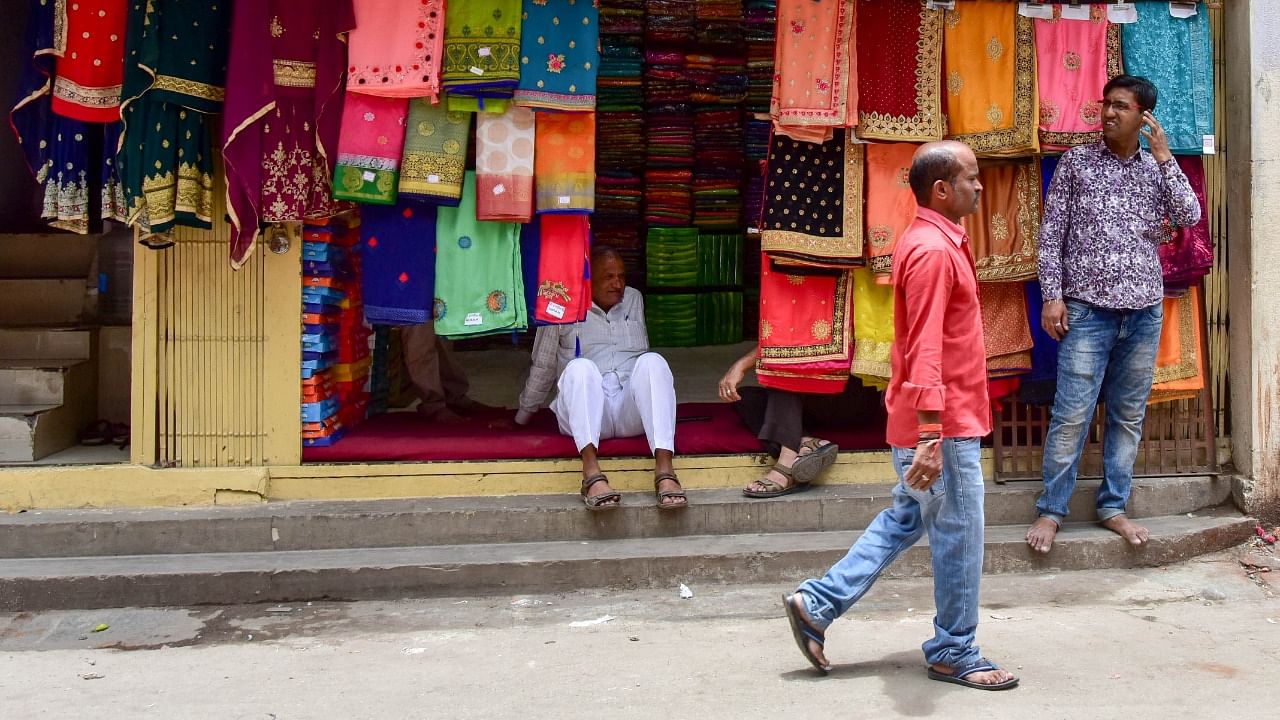
Garment suppliers in India participate in a global bidding process to manufacture products for fashion brands. With fashion, where the emphasis is on keeping prices low, the competition is intense.
Competition from countries like Bangladesh, China, Vietnam and Cambodia, which are also hubs for manufacturing textile means suppliers from India often have wafer thin profit margins and a short turnaround period for orders.
Jayesh Batavia, the former chairman of the Karnataka Small Scale Industries Associations’ textile committee, has been in the textile industry for 30 years. He says, “Earlier [5-6 years ago], the profit margins were comfortable but now competition from other countries has driven down margins and there is immense pressure to produce clothing quickly. It is a culture of perform or perish.”
The pandemic, particularly, showed how little bargaining power suppliers really had. A survey conducted by the Apparel Export Promotion Council(AEPC) revealed that during the pandemic, 83 per cent of orders were either wholly or partially cancelled. 50 per cent indicated that buyers were asking for discounts on goods already shipped.
The president of the Tiruppur Exporter Association, Raja M Shanmugam, says that Indian traders are also at a disadvantage now that India has been declared a ‘developed’ country by the United States Generalised system of preferences.
Underdeveloped countries are provided tariff-free access to the US.
“There is also not much support from the government when it comes to developing infrastructure around textile hubs.
Providing road access is important and the governments could also create housing facilities in collaboration with the companies, but there has been little effort.
Even lending interest of banks is higher compared to competing countries," he says.
Check out latest DH videos here